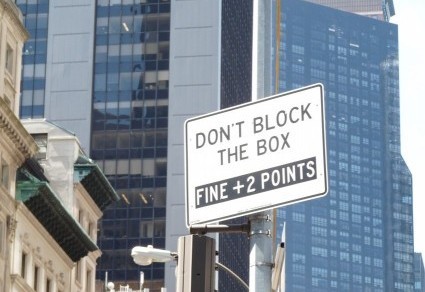Normally I post confusing signs, but today I turn to those that are clear. So clear that they’re unnecessary! Here’s an example:

The first three lines of this NYC bus-stop sign give the destinations of three routes. So far, so good. But take a look at the fourth line. Pick Up/Drop Off Only. What else are you going to do at a bus stop? Move in?
Now for a label:

Be sure to buy these instead of a shower cap that KEEPS HAIR WET.
I support the sentiment, but not the word choice, of the next sign:

COLLABORATING TOGETHER? Is COLLABORATING separately an option? (Side point: Could we all agree that the WORLD is always CHANGING? I admit I’d like non-change at times, but that choice isn’t on the menu.)
Last one:

When I saw this headline, I wondered whether Succeeding to Succeed was possible. I concluded that The New York Times is Failing to Succeed in word choice.
I hope you enjoyed these lapalissades — the term for an obvious truth. I learned this true fact (which is a lapalissade) by googling Captain Obvious. What a wonderful language we speak!

































